Mehrangarh Fort in Jodhpur
Mehrangarh Fort in Jodhpur is one of the most iconic and majestic forts in all of India. Perched high above the “Blue City” of Jodhpur, it towers 400 feet above the city and offers stunning views, royal history, and brilliant architecture that leave visitors speechless. The fort’s imposing red sandstone walls rise out of the rocky cliffs, making it look like a part of the mountain itself. With its origin dating back to the 15th century, Mehrangarh has stood through battles, royal eras, and modern transformations while still preserving its soul. It is now a well-maintained cultural destination that attracts tourists, historians, and art lovers from across the world. The sheer scale, elegance, and detail inside the fort make it more than just a historical monument—it’s a gateway into the rich legacy of Rajasthan. Every corner of the fort tells a story, making it one of the must-visit places in India.
Historical roots
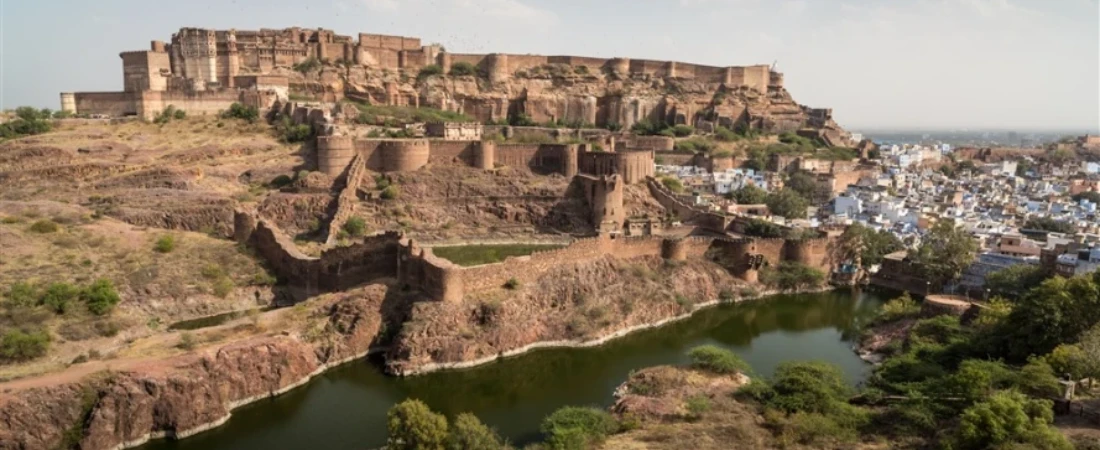
Mehrangarh Fort was founded in 1459 by Rao Jodha, the ruler of Mandore and the founder of Jodhpur. He decided to move his capital to a more secure location and chose a hill called Bhakurcheeria for its height and protection. To build the fort, a hermit named Cheeria Nathji was displaced, which led to a famous legend where he cursed the land to suffer from drought. To undo the curse, a man named Raja Ram Meghwal offered to be buried alive in the foundation—a sacrifice that is still honored today. Over time, successive rulers added more gates, palaces, and defensive structures, turning it into a grand citadel. Mehrangarh, which means "Fort of the Sun," was not just a stronghold but also a statement of power. It has survived Mughal attacks and served as the center of Marwar’s rule for centuries. Walking through the fort now, it’s easy to feel the weight of history, with each stone holding stories of battles, alliances, and royal legacies.
Stunning architecture
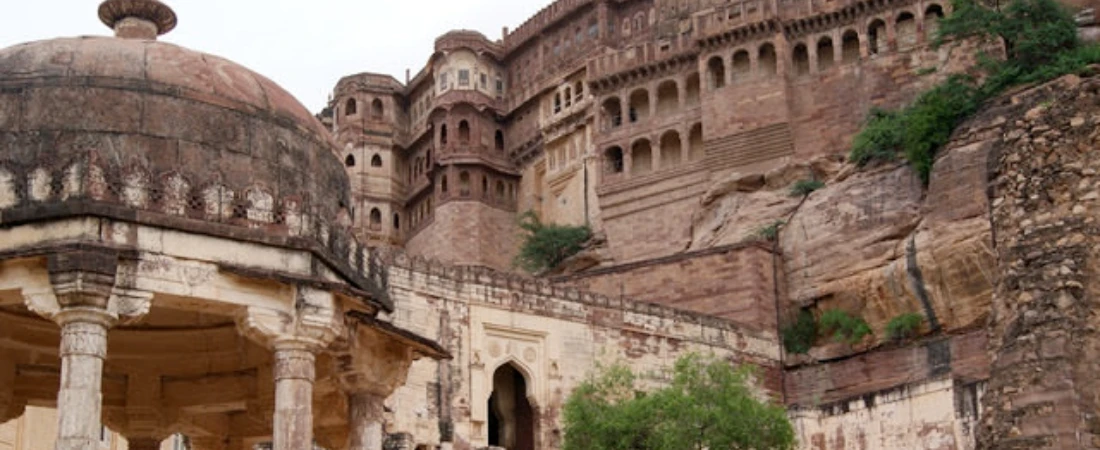
Mehrangarh Fort is a masterpiece of Rajput architecture, blending defensive power with royal elegance. The fort has seven gates, each with historical significance. The Jayapol, or Gate of Victory, was built after victories over the armies of Jaipur and Bikaner, while the Fattehpol was built to celebrate a victory against the Mughals. These gates lead into wide courtyards and royal palaces that are filled with intricate carvings, stained-glass windows, and balconies with stunning jharokhas. Inside the fort are several beautifully designed palaces. Moti Mahal, or the Pearl Palace, was used for royal audiences and still shines with its colorful glass windows and beautiful decor. Phool Mahal, the Flower Palace, is full of golden detailing and was a place for music and dance. Sheesh Mahal, the Mirror Palace, dazzles with thousands of mirror pieces that reflect even the smallest light. These buildings are not only visually stunning but also represent the creativity and cultural richness of the Rajput era.
Fort museum
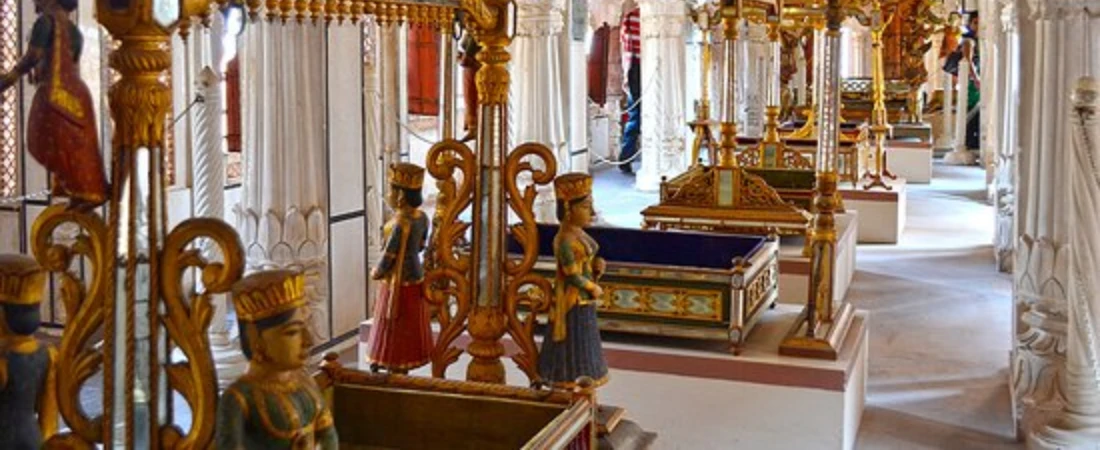
The Mehrangarh Museum is one of the most well-preserved palace museums in India and showcases the heritage of the Rathore rulers. Each gallery is filled with royal artifacts, textiles, paintings, weaponry, and decorative arts. The elephant howdahs, which are ornate seats used during royal processions, are one of the museum’s highlights. Made of silver and velvet, they reflect the opulence of royal travel. Another key part of the museum is the collection of palanquins that were used by queens and noblewomen. The miniature painting gallery is a treat for art lovers, featuring works in the Marwar, Mughal, and Deccan styles. The armory section displays beautifully decorated swords, shields, and battle gear, some of which were used in real historical battles. One of the most unique sections is the turban gallery, where you can learn about the many types of turbans worn by different communities in Rajasthan. The museum is not just about seeing objects—it’s about experiencing centuries of living history.
The Blue City view
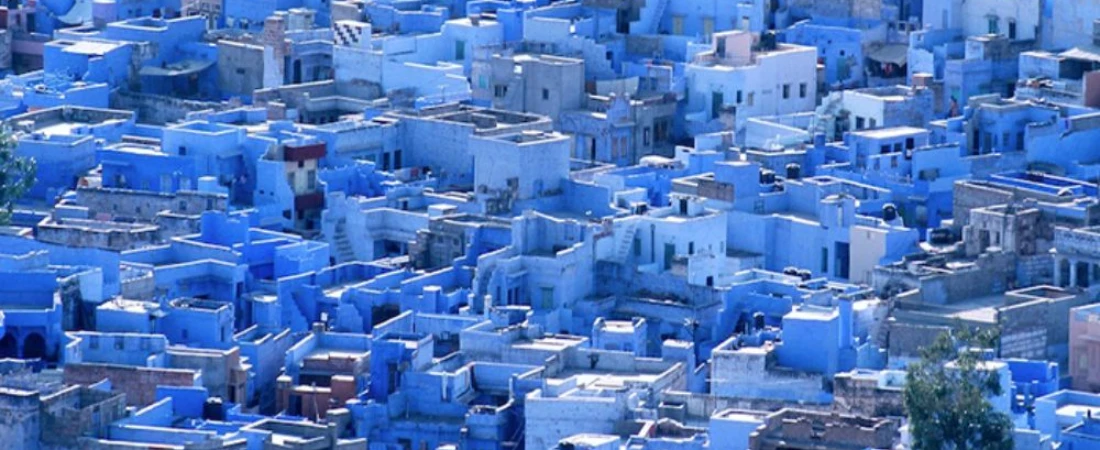
One of the most unforgettable experiences at Mehrangarh Fort is the panoramic view of Jodhpur’s famous Blue City. As you stand on the fort’s ramparts, you’ll see a sea of indigo-colored houses spreading out below, framed by the Thar Desert in the distance. This blue color has been a part of Jodhpur for centuries. It is believed that the Brahmin caste painted their houses blue to signify their high status and to keep homes cooler in the intense heat. Eventually, the entire old city adopted this tradition, creating the unique and picturesque look that Jodhpur is known for today. From the fort, the contrast between the reddish-brown sandstone of Mehrangarh and the calming blue below is a photographer’s dream. It is especially beautiful during sunrise or sunset, when the golden light bathes the city in a magical glow. This view alone makes the trip to the fort worth it, offering a peaceful yet powerful connection to the city’s identity.
Final thoughts
Mehrangarh Fort in Jodhpur is not just a place—it is an emotion that speaks of valor, art, and eternal beauty. From the moment you see its red sandstone walls rising out of the rocky hill to the time you gaze over the Blue City from its ramparts, it’s an experience that stays with you long after you leave. Whether you’re fascinated by history, enchanted by architecture, or looking for that perfect sunset moment, Mehrangarh delivers in every way. It offers a complete package—stories of kings, the brilliance of Rajput design, world-class festivals, and the stunning backdrop of one of India’s most charming cities. For anyone visiting Rajasthan, skipping Mehrangarh Fort would mean missing the very soul of Jodhpur. Let it be more than just a stop on your itinerary—let it be the highlight of your journey into the royal heart of India.


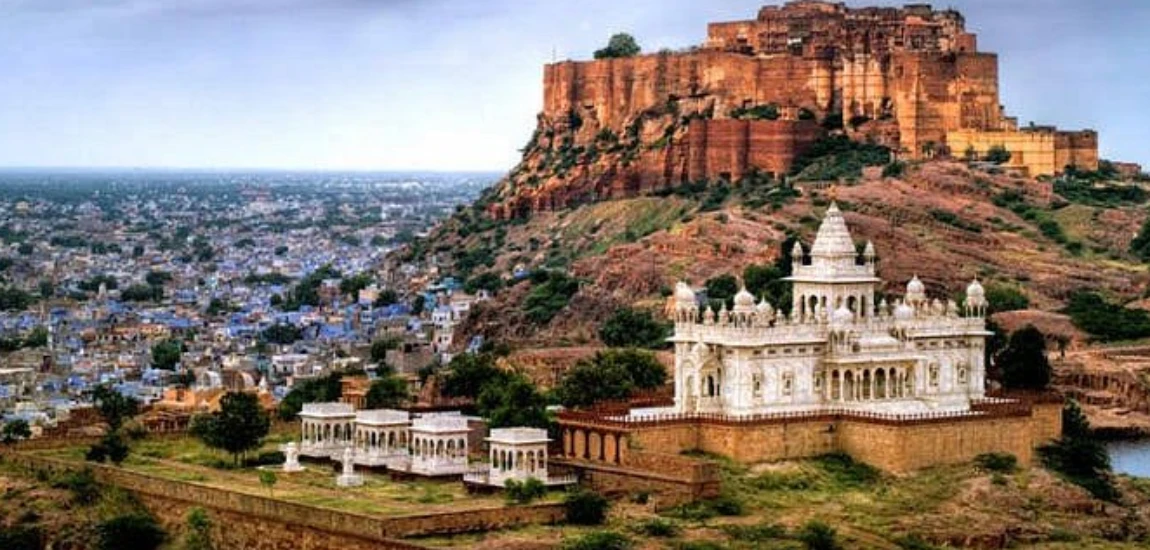
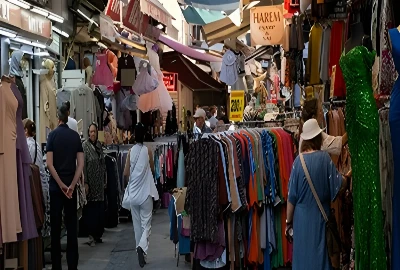
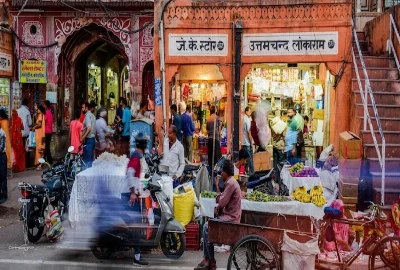
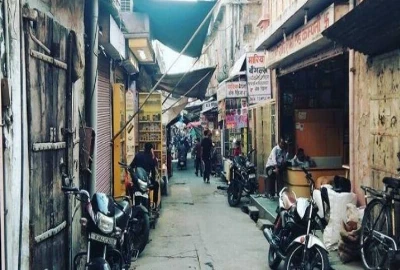

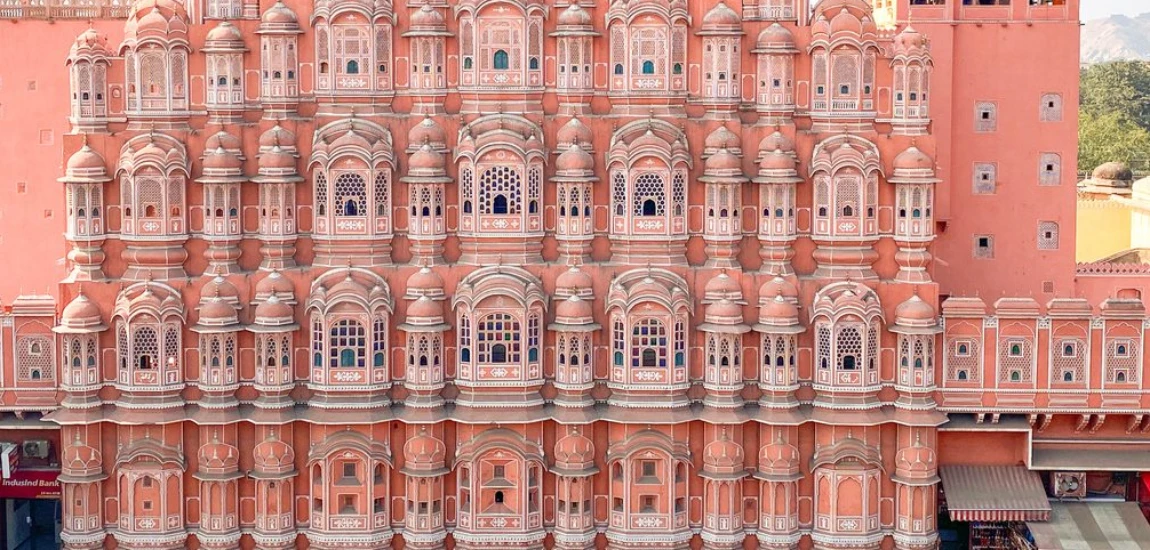
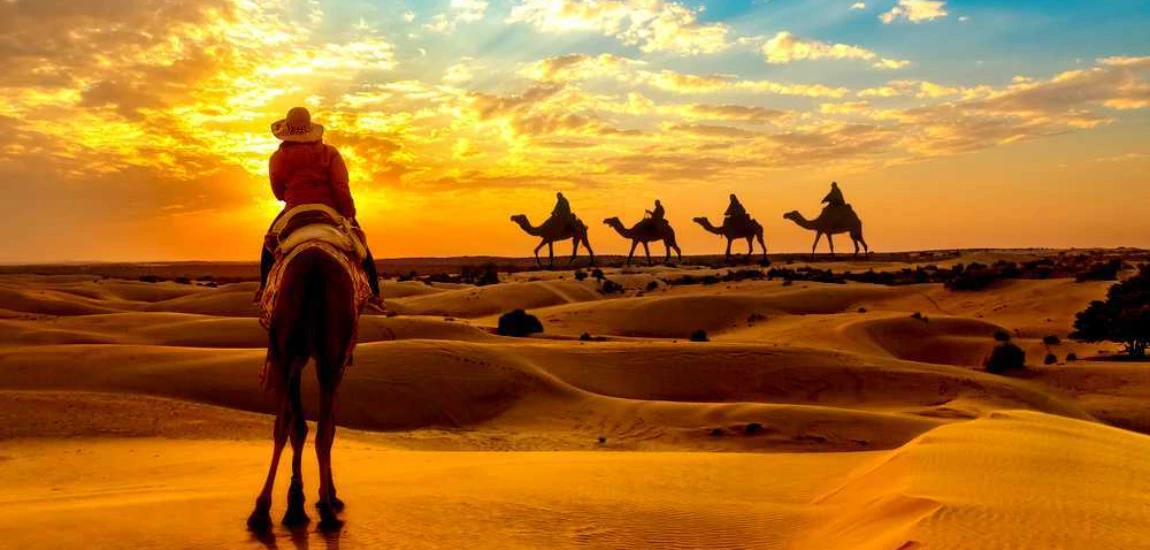
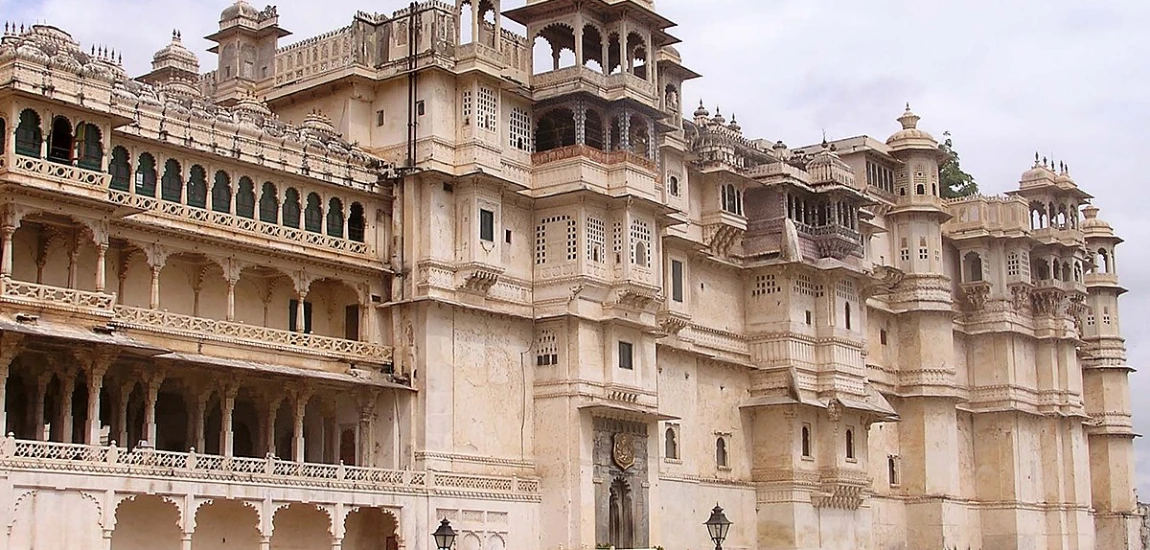
Leave a comment